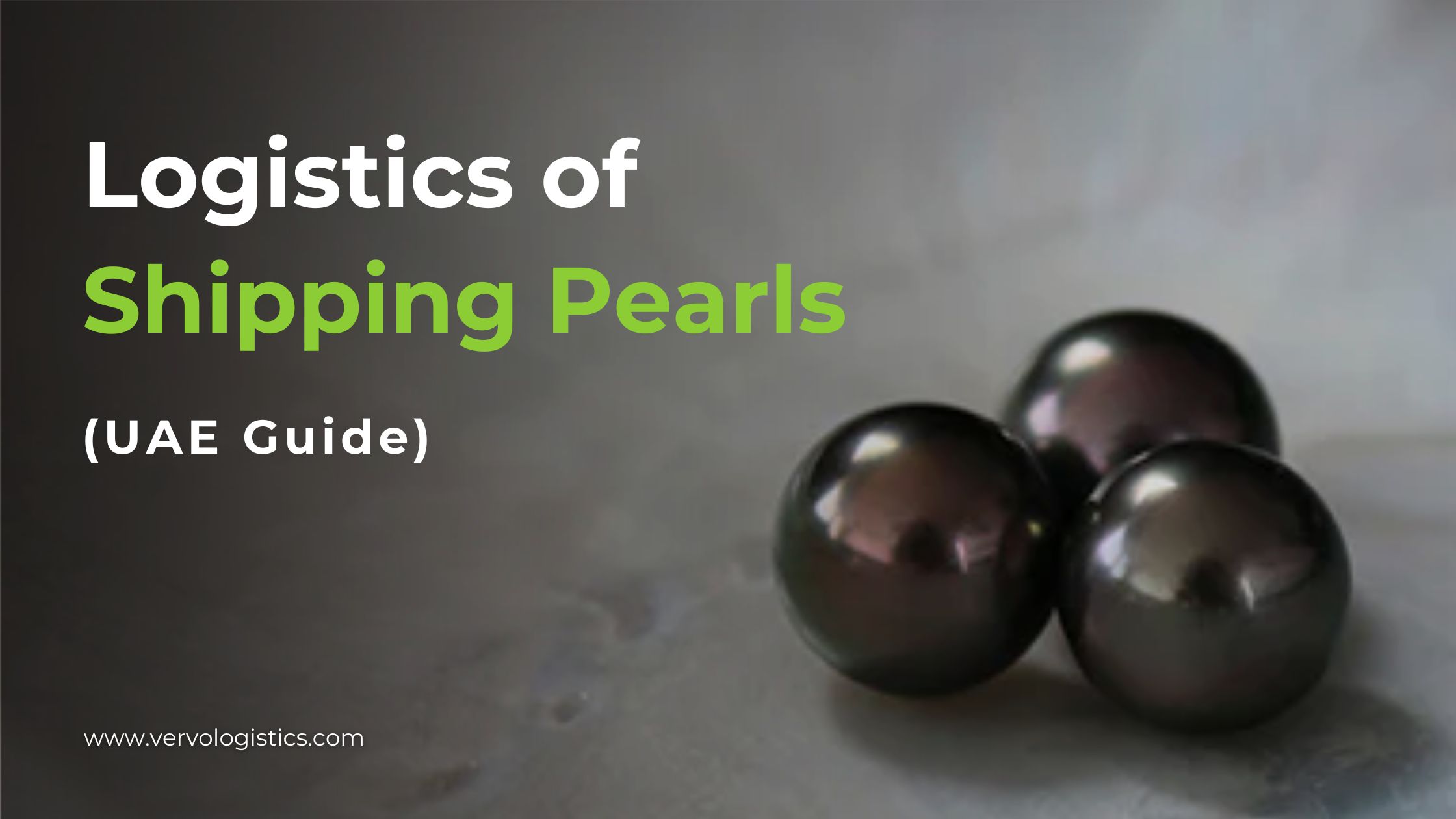With daytime temperatures frequently soaring above 40°C in the summer, it's no surprise that air conditioners are in hot demand across the UAE. The country's blistering climate has created a massive market for cooling systems. To meet this demand, the UAE imports a staggering number of standard air conditioning units, its imports of standard air conditioning machines represent 2.1% of the world's imports for this product, ranking 13th globally. The vast majority of standard ACs are shipped from manufacturing powerhouse China. Chinese standard air conditioners exports to the UAE totaled $778.8 million last year, accounting for 57.6% of the UAE's total imports of standard ACs. With 151,775 tons of units imported from China in 2023, it's clear the UAE relies heavily on Chinese suppliers to keep homes and offices cool. Below is a full overview of how to import and ship standard ACs from China to the UAE. ⬇️
Shipping Routes
When it comes to shipping air conditioners from China to the UAE, ocean freight via container ships is the most common method. Transit times typically range from 18-36 days depending on the ports used, with key routes being:
- Ningbo to Sharjah (36 days)
- Chiwan to Jebel Ali (18 days)
- Shanghai to Jebel Ali (30 days)
Air freight provides much faster transit times of just 5-10 days, though at higher costs. The major air routes include Shanghai to Abu Dhabi (6 days), Shanghai to Dubai (5 days), and Guangzhou to Sharjah (8 days).
It is always advisable that sea shipments are planned and dispatched well in advance of the hotter summer months when AC demand spikes. Air freight offers more flexibility for urgent shipments or smaller quantities year-round. Also, a combination of ocean, air, and ground freight or multimodal shipping works best to balance both timeliness and budget for our AC importing clients. The extensive port and airport infrastructure across the UAE’s major ports makes it relatively efficient to clear customs once shipments arrive.
Logistics of Shipping Standard Air Conditioning Units
When shipping the components of standard air conditioning units - the outdoor condenser unit and the indoor evaporator unit - there are several key technical considerations:
Packing – The condenser and evaporator units need to be packed separately in sturdy cardboards to prevent damage. Shock-absorbing materials should cushion each part. Desiccants or moisture absorbers must also be added to both packs when needed.
Securing – Place the units on wooden or plastic pallets to easily load them in the container. Secure them with lashing straps, braces and corner protectors to prevent shifting in transit.
Weight Distribution – Place heavier items, like the outdoor condenser, on the bottom of the container to maintain balance. Make sure the weight is evenly distributed across the container.
Stack Weight Limits - The container stack weight limits, typically 4000-5000kg per sqm, need to be followed to avoid crushing the bottom units.
Refrigerant Handling - The compressor in the condenser contains refrigerant oils and gases. It must be shipped upright to avoid issues.
Hazardous Goods Compliance - Refrigerants require dangerous goods declarations as per IATA/IMO regulations.
Cargo Securing Manual - Lashing drawings help guide proper securing inside the containers.
Sweating - Condensation inside the packing can ruin the units. Waterproof packaging and desiccants are helpful.
Registration in the UAE
Importers of air conditioners to the UAE must ensure their products are properly registered with the Emirates Authority for Standardization and Metrology (ESMA) prior to sale or distribution.
ESMA regulates the safety and performance standards for residential air conditioning units under schemes such as the Emirates Conformity Assessment Scheme (ECAS) and the Energy Efficiency Standards and Labelling (EESL) program. To receive ESMA certification, air conditioners must meet minimum energy efficiency ratios, display accurate star ratings, and provide test reports demonstrating conformance to standards like UAE.S 5010:2011. Also, they must undergo testing per UAE.S 5151:2011 and meet cooling capacity requirements under T3 conditions.
Note that the energy efficiency ratio (EER) value must be rounded off and recorded to three significant figures. Testing should be conducted at voltage 230V and 50Hz frequency. A third-party energy efficiency test report containing technical specifications is required, along with manuals in Arabic & English. Documentation like valid trade licenses and application forms detailing the manufacturer must also be submitted.
ESMA's registration scheme specifically covers single-phase residential units like window-type and split non-ducted air conditioners, as well as air and water-cooled condenser systems for household use. If initial application is insufficient, ESMA will request rectification before re-submission. Once approved by ESMA, a certificate of conformity will be issued for compliant air conditioner products, allowing them to clear customs and be legally sold in the UAE market.
Fees and Customs Clearance
The UAE generally imposes a uniform customs duty of 5% on most imported goods, including ACs, based on the CIF (Cost, Insurance, and Freight) value of the shipment. In addition to customs duty, a 5% VAT is also applied to the imported goods. This VAT is calculated on the total value of the goods plus the customs duty. To clear customs, you'll need to provide essential documents such as a commercial invoice, certificate of origin, packing list, and bill of lading.
Got a load to ship? Describe your cargo to our team now and receive a free customized quotation today:




